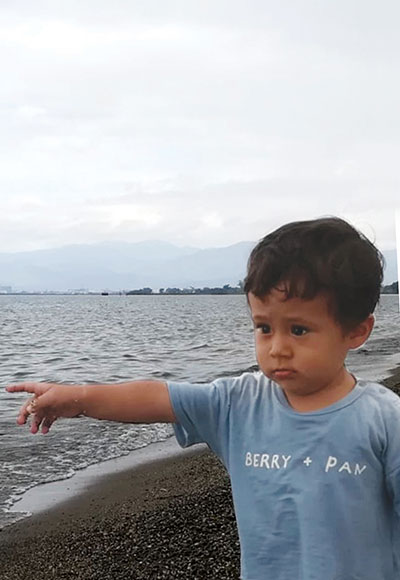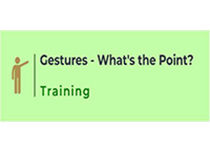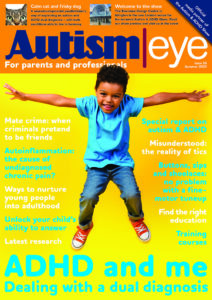Mary Gavin, Specialist Speech and Language Therapist.
In early 2020, I wanted to explore support ideas for non-speaking autistic children and set out to investigate gestures more thoroughly.
Non-speaking interactions
 This was influenced by the knowledge that 25–30% of autistic children never acquire language, so observing their non-speaking interactions might be the only window into their communication attempts.
This was influenced by the knowledge that 25–30% of autistic children never acquire language, so observing their non-speaking interactions might be the only window into their communication attempts.
I quickly came to realise I had a lot to learn. Why are gestures used? What are the different gesture types? Was there a developmental order? Do gesture types have different functions? Does a gesture have to come with a direct gaze for it to be intentional?
I embarked on reading articles about gestures that explored neurotypical and atypical gesture development, indicators of autism, links to language, assessments, and support.
However, I was often left confused. The literature on gestures and more so on gestures in autism is scarce and can be contradictory.
Communication purpose
Gestures must have a communication function, which refers to a child’s communication goal or purpose and needs to be directed and intentional.
I concluded autistic children do use gestures, and these appear to follow a sequence seen in neurotypical children. However, alternative atypical gestures are exclusively used by autistic children.
Specific gestures are in place before the acquisition of spoken language for neurotypical children. Interestingly, gesture use at 12 months is a significant predictor of language skills at 2–3 years old. Does this explain why some autistic children have difficulty acquiring spoken language?
A one-day course to improve your support
Since I’ve embarked on this gesture discovery, I’ve deepened my knowledge and can truly say it has significantly changed my practice.
I have created a one-day course to develop your knowledge of gestures that will enable you to support autistic children naturally.
Please contact me, Mary Gavin, for further information: gestureswtp@gmail.com
















